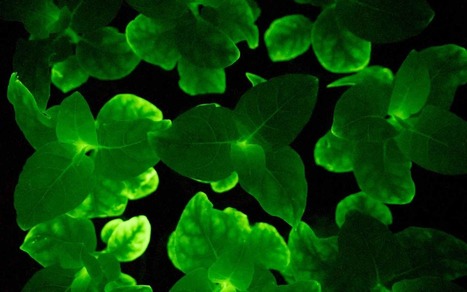Although glowing plants may seem like a work of science fiction, researchers have succeeded in creating plants that produce their own visible luminescence—and they say the possibilities for how we can use these plants are endless.
This week in Nature Biotechnology, the scientists revealed that bioluminescence found in some mushrooms is metabolically similar to the natural processes common among plants. By inserting DNA obtained from the mushroom, the scientists were able to create plants that glow much brighter than previously possible.
Via EcoVadis



 Your new post is loading...
Your new post is loading...












